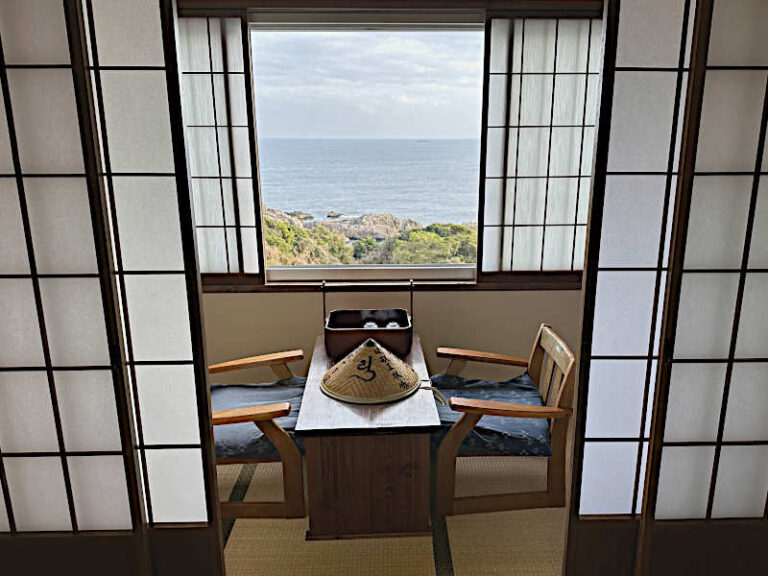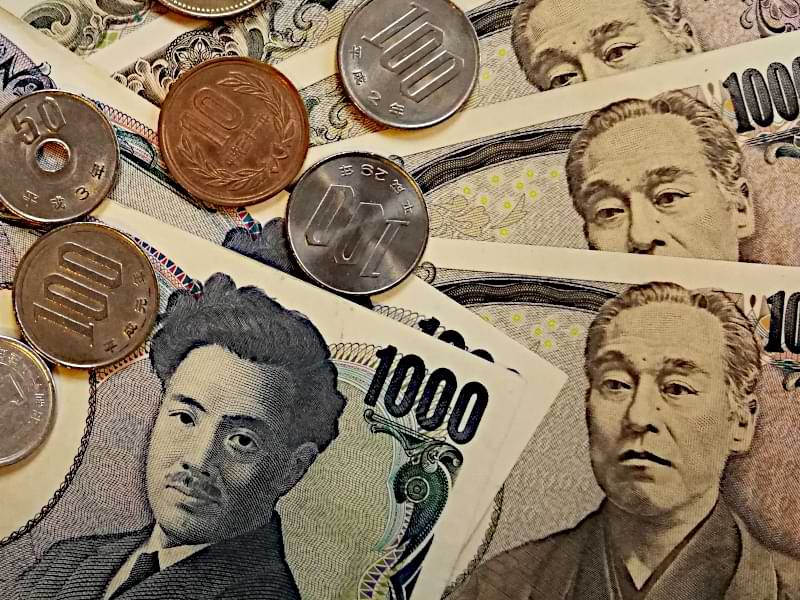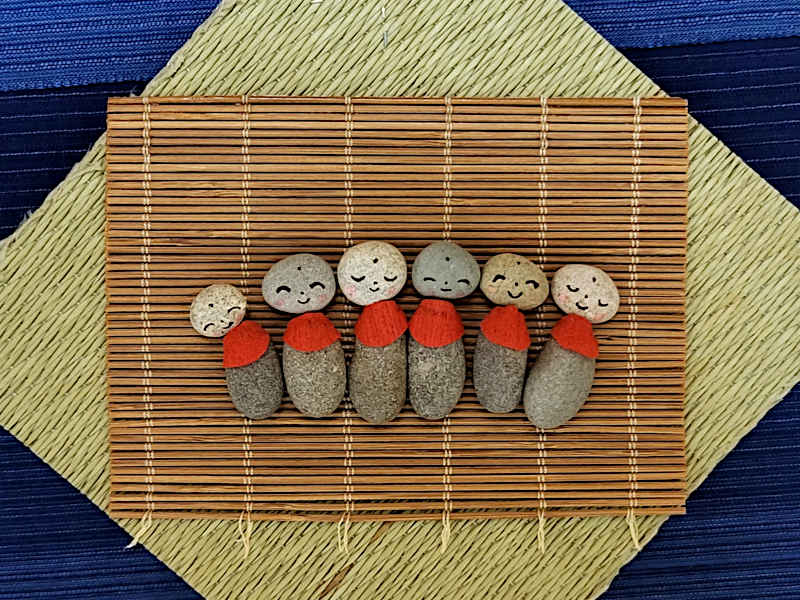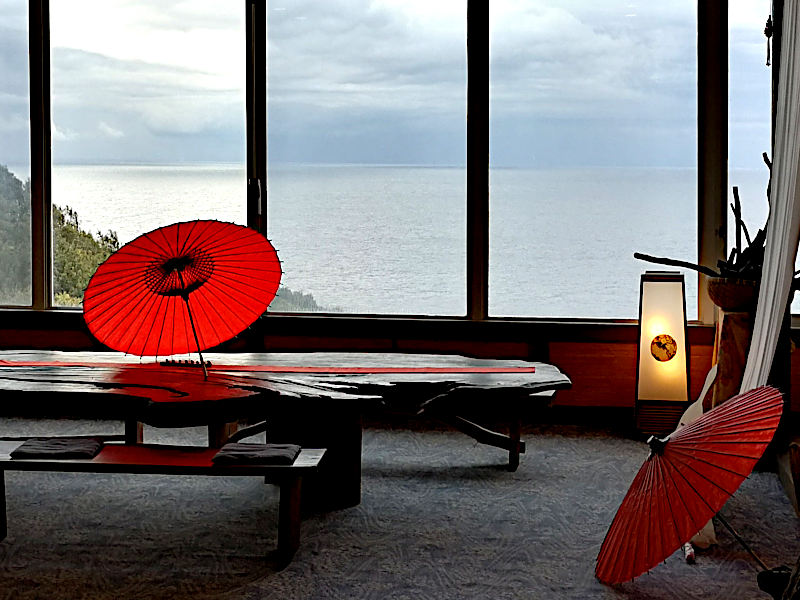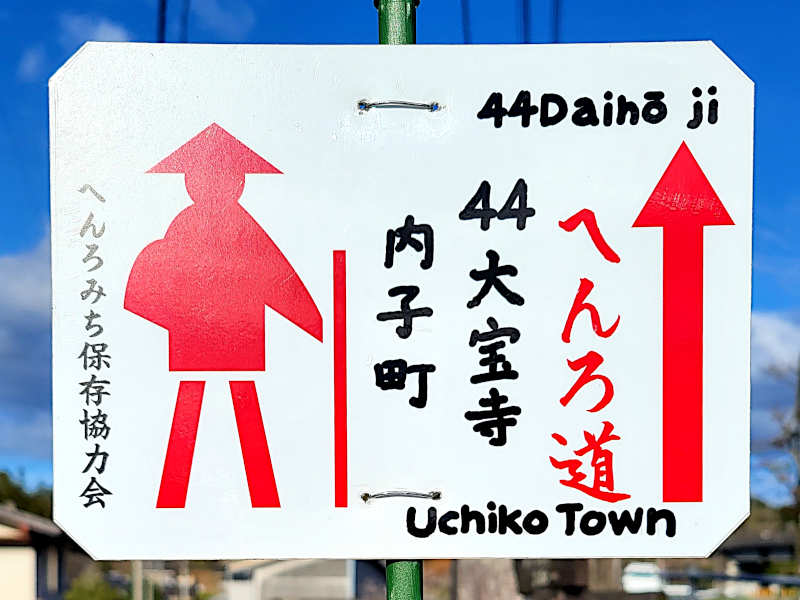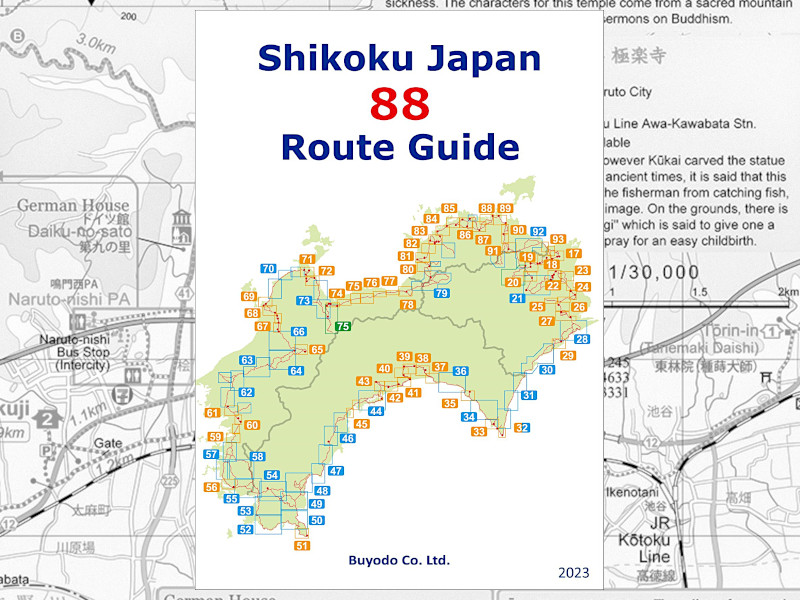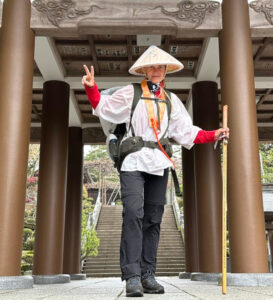
Text and Pictures from Margreet Botter (Netherlands)
Nowhere did I worry more before my pilgrimage than about the accommodations along the way.
Are there enough?
How far ahead should I plan?
How do I make reservations as a non-Japanese-speaking Westerner?
What if I find out I won’t make it to my lodging for the day?
In this article, I share my experiences and tips.
I embarked on my Shikoku henro (henro can mean both “pilgrimage” and “pilgrim”) in the spring of 2023. After the years of COVID-19 restrictions, during which Japan was completely closed off to pilgrims, that spring marked the first season when it was possible again: walking on Shikoku.
Social media (there are special henro Facebook groups, for example) were filled with people who were planning to walk in the spring.
Would there be enough space for all the pilgrims?
Spoiler: I didn’t have to sleep under the open sky for a single night.
When do you start?
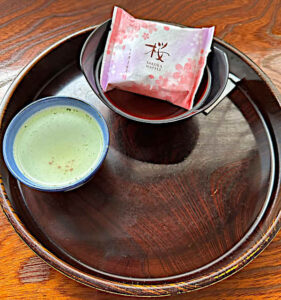
Know that early and mid-March as well as mid-September and early October are popular starting times. Starting a week earlier or later can already make a difference.
However, don’t expect situations like on the Camino Francés.
The Shikoku henro is still a relatively quiet pilgrim route, where there are days when you only encounter fellow pilgrims at the temples; and even then, they often travel by car or bus.
I decided to get a bit ahead of the crowds and start at the end of February instead of mid-March.
This gave me a few weeks’ head start over those who began in March.
However, it’s also important to note that many people don’t complete the entire journey in one go. Not everyone starts in March or September at the beginning. Many people continue from where they left off last time.
How far in advance to book?
Since I barely speak a word of Japanese and couldn’t gauge from the Netherlands how complicated it is to book accommodations, I decided to book my first seven days of lodging for my journey.
I calculated that in that week, I should be able to reach between Temple 17 and 18.
This worked well for me because it provided me with certainty.
Additionally, this way, I got to familiarize myself with the booking options.
Once I was walking on Shikoku, I found it more comfortable not to commit too far in advance. Initially, I booked four or five days ahead, but gradually, that became shorter. In the last weeks, I would reserve my sleeping place the day before.

The downside is that you might not always get your preferred location. At the same time, that’s often the exciting part of the journey: you end up in surprising places.
I discovered that love hotels can sometimes be the best places to stay because they often have a wonderful large hot tub and a fantastic bed!
Important: Booking a sleeping place for the same day can embarrass the host. They like to know in advance if they need to prepare for a guest. So, always book at least a day in advance.
How to make reservations?

There are numerous types of accommodations.
Christian has already written a great article about the types of lodging available.
There are different websites. The most sympathetic and useful is Henrohouse, where you create an account beforehand. Additionally, I used Booking.com and Airbnb. Be aware that some accommodations are listed on all three (and more) platforms, and sometimes one platform might show availability while another says “sold out.”
If you only have a phone number for lodging, for example, from the Shikoku Japan 88 Route Guide, ask your host or a Japanese-speaking fellow pilgrim for help.
The advantage of having your host make the call is that they will already know you’re a reliable pilgrim, making them more willing to host a potentially unfamiliar Westerner. A few accommodations can only be reached by email. They’re listed in my accommodation list.
Of course, the best scenario is if you speak enough Japanese to reserve a room yourself.
When I reached near Temple 75, I gathered the courage and words to make a call. Unfortunately, there was no availability …
What if I can't make it?
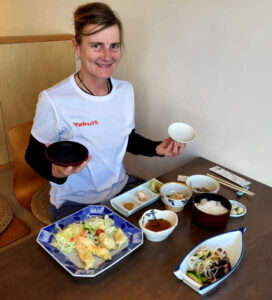
During my journey, I had to cancel a reservation once because I had been a bit too optimistic in my planning. I didn’t make it and felt quite guilty, especially since I had booked through Henro House. You can cancel a reservation there, but canceling on the day of arrival isn’t the most courteous action.
I apologized to the host many times by email. They were understanding.
Regardless, it’s important to contact your host if you’re not going to arrive. This way, your room can be given to another pilgrim.
Many hosts are deeply involved with pilgrims. If you don’t reach your destination, they’ll get worried, and there’s a chance they might start a search.
This has saved the lives of pilgrims more than once. The more pointless searches due to someone forgetting to cancel, the less likely they are to be initiated.
As a pilgrim, you hold responsibility for other pilgrims.
Where and when should I be extra cautious?
Weekends are often busier than weekdays, especially if you’re in a city. Also, keep in mind that many Japanese people start their pilgrimage over the weekends.
In the spring, there are two events when all of Japan seems to travel to the area where you are.
The first is during cherry blossom season. Usually, these are weekends when hotels are booked well in advance. On Shikoku, cherry blossoms start blooming in late March, and the first two weekends of April are usually filled with various events. If you arrive at a picturesque spot during that time, you might find everything fully booked. I myself stayed in Matsuyama during one of those weekends, and the castle is a popular photo spot during sakura. A week in advance, I could only get a room for over two hundred euros. I panicked slightly but decided to wait until shortly before my arrival. The weather forecasts for that weekend were disappointing, causing many people to cancel their hotel reservations. A day before my arrival, I had a choice of dozens of hotels. Fellow pilgrims had found lodging in the towns around Matsuyama by then, traveling back and forth by train and bus to continue their walk. That’s also an option.
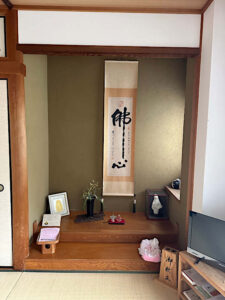
Another time to be mindful of is Golden Week, a week when several Japanese holidays are in succession, and most people are off work and traveling. For that week (end of April, beginning of May), you’ll need to book well in advance to secure a place to stay. Before you start, check which holidays fall during your trip and see if you can book something for those dates. Keep in mind that if a Japanese holiday falls on a Sunday, the Japanese have the Monday off as well.
Besides holidays, there are a few places on the island where accommodations are limited. The most crucial one is around Temple 12. In 2023, there was only one accommodation there, Sudachi-An, which can only be reserved by email (see my overview).
You’ll likely arrive there on day three after a long, challenging day. Try to secure a reservation there in any case.
Other places where careful planning is helpful are between Temple 23 and 24. That’s a long stage where you need at least two overnight stays.
Also, pay attention to your lodging between Temple 37 and 38 and 39. It’s best if you find a place to stay on the route from Temple 38 to Temple 39. That way, you can leave a part of your luggage behind for two days of walking and travel light.
A rule of thumb is that as the distance between two temples increases, the number of accommodations decreases (because many pilgrims cover those long distances using public transportation). If you anticipate this and aren’t too rigid in your choice of lodging, you’ll always find something.
